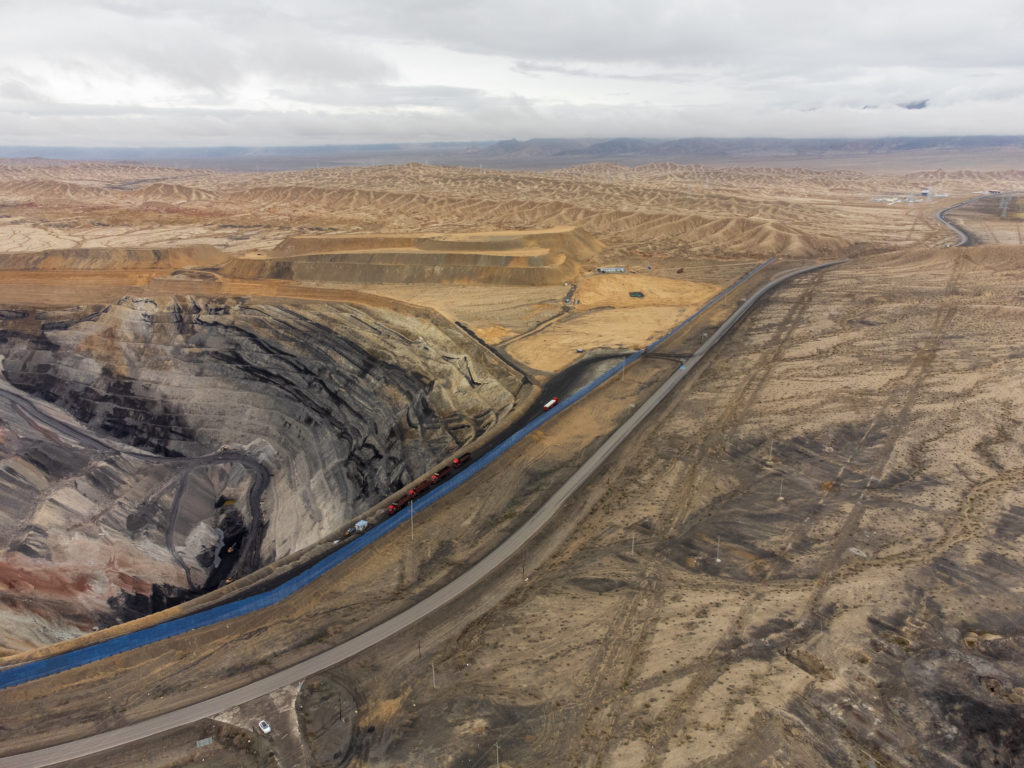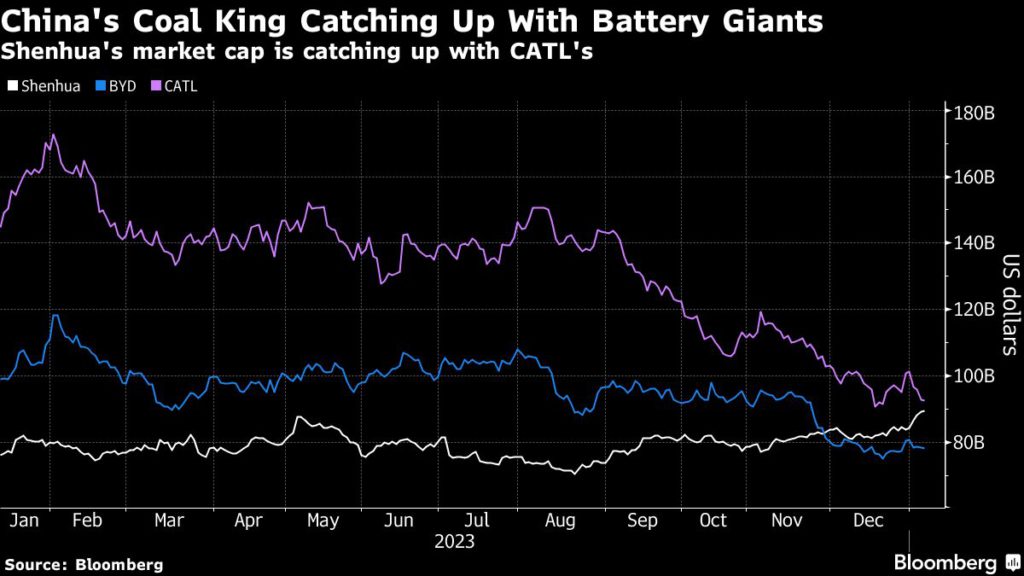Idaho researchers develop reactor digital twin
04 January 2024
A virtual replica of Idaho State University's (ISU's) AGN-201 research reactor, developed in collaboration with Idaho National Laboratory (INL), is claimed to be the world's first nuclear reactor digital twin.
.jpg?ext=.jpg) The team checks out a component of the reactor digital twin (Image: INL)
The team checks out a component of the reactor digital twin (Image: INL)Digital twins are virtual models of real-life assets, such as complex infrastructure, machines or buildings. By modelling nuclear reactors, digital twins allow researchers to understand how certain changes affect the entire system, without making an irreversible change to the physical reactor itself. According to INL, digital twins could save nuclear energy researchers time and money, especially as new, innovative reactors come online.
The AGN-201 digital twin receives real-time data from the actual reactor, then uses machine learning to anticipate its performance. With the digital twin, researchers can interact with the real-world reactor in mixed reality by monitoring data.
"Someday, digital twins of nuclear reactors could allow operators to control the reactor remotely," INL said.
The project began in August 2022 after INL digital engineer Ryan Stewart, an ISU graduate, recommended using the AGN-201 reactor for some of the team's planned demonstrations. The reactor was considered an ideal test bed for this project because it is simple compared with commercial power reactors.
ISU students installed data acquisition equipment in the reactor and developed operation scenarios to test the reactor twin - gaining a unique opportunity to take part in cutting edge research. The lab provided much of the digital engineering support, including data acquisition, cloud streaming, machine learning and mixed reality.
The lab's team presented these results to US Secretary of Energy Jennifer Granholm in May last year.
"The benefits of a nuclear reactor digital twin are enormous," said INL Digital Engineering Manager Christopher Ritter. "Digital twins provide a comprehensive understanding of nuclear fuel cycle facility operations, strengthening nuclear security and non-proliferation efforts."
The AGN-201 reactor - developed in the late 1950s by Aerojet General Nucleonics - began operating at ISU in 1965. This low-power (up to 5 Wt) research reactor is commonly used for both academic and industrial research/experiments, as well as for various testing and training purposes. It is one of five such reactors still operating in the world, two others of which are also in the USA.
Researched and written by World Nuclear News
.jpg?ext=.jpg) The proposed new saltmarsh will be adjacent to the existing Steart Marshes (Image: EDF Energy)
The proposed new saltmarsh will be adjacent to the existing Steart Marshes (Image: EDF Energy)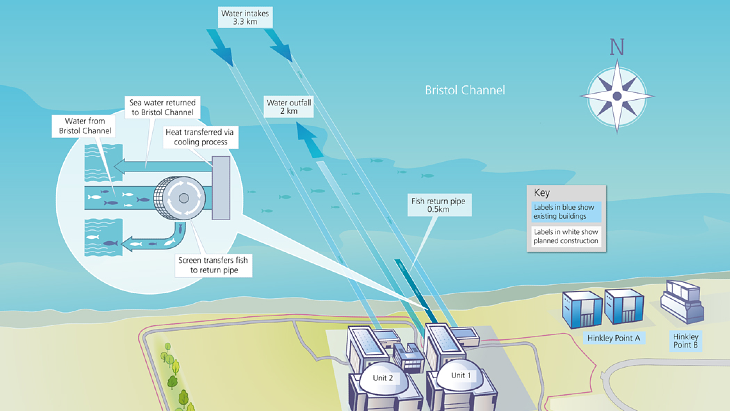 There will be a 'fish return' system at the new plant (Image: EDF)
There will be a 'fish return' system at the new plant (Image: EDF).jpg?ext=.jpg) Ebba Busch (right) announces the appointment of Carl Berglöf as national nuclear power coordinator (Image: regeringen.se)
Ebba Busch (right) announces the appointment of Carl Berglöf as national nuclear power coordinator (Image: regeringen.se).jpg?ext=.jpg) The Cernavoda plant is in the southeast of Romania (Image: Nuclearelectrica)
The Cernavoda plant is in the southeast of Romania (Image: Nuclearelectrica).jpg?ext=.jpg) Koeberg (Image: Eskom)
Koeberg (Image: Eskom).jpg?ext=.jpg) An illustrative example of how the Pomeranian plant might look (Image: PEJ)
An illustrative example of how the Pomeranian plant might look (Image: PEJ)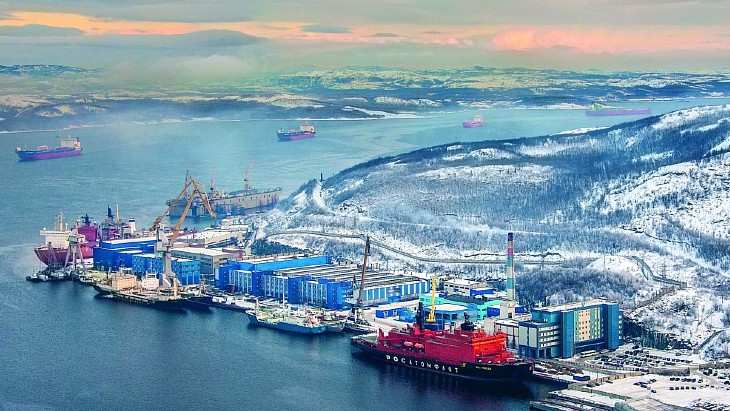 (Image: Rosatomflot)
(Image: Rosatomflot)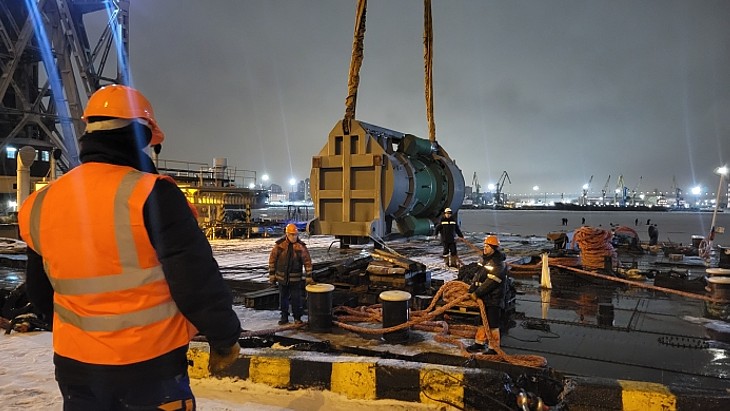
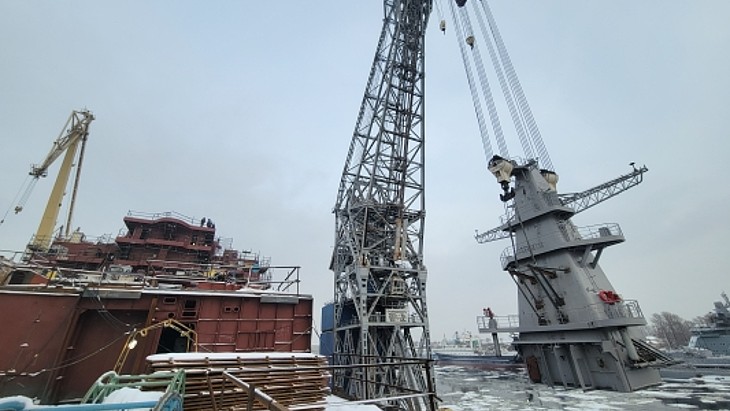
.jpg?ext=.jpg) An image from the Martian surface captured by NASA's Perseverance rover - which uses a radioisotope thermoelectric generator fuelled by Pu-238 - in March 2021 (Image: NASA/JPL-Caltech)
An image from the Martian surface captured by NASA's Perseverance rover - which uses a radioisotope thermoelectric generator fuelled by Pu-238 - in March 2021 (Image: NASA/JPL-Caltech).jpg) The CNIC is an independent organisation of representatives from the Canadian health sector, nuclear industry and research bodies, which was established in 2018 to advocate for Canada's role in the production of the world's radioisotope supply. CNIC Chair James Scongack said the study aligns with the organisation's Isotopes for Hope Campaign, launched in 2023. "Together our companies working with NPX hope to demonstrate another example of why radioisotopes are so important to modern society," he said.
The CNIC is an independent organisation of representatives from the Canadian health sector, nuclear industry and research bodies, which was established in 2018 to advocate for Canada's role in the production of the world's radioisotope supply. CNIC Chair James Scongack said the study aligns with the organisation's Isotopes for Hope Campaign, launched in 2023. "Together our companies working with NPX hope to demonstrate another example of why radioisotopes are so important to modern society," he said.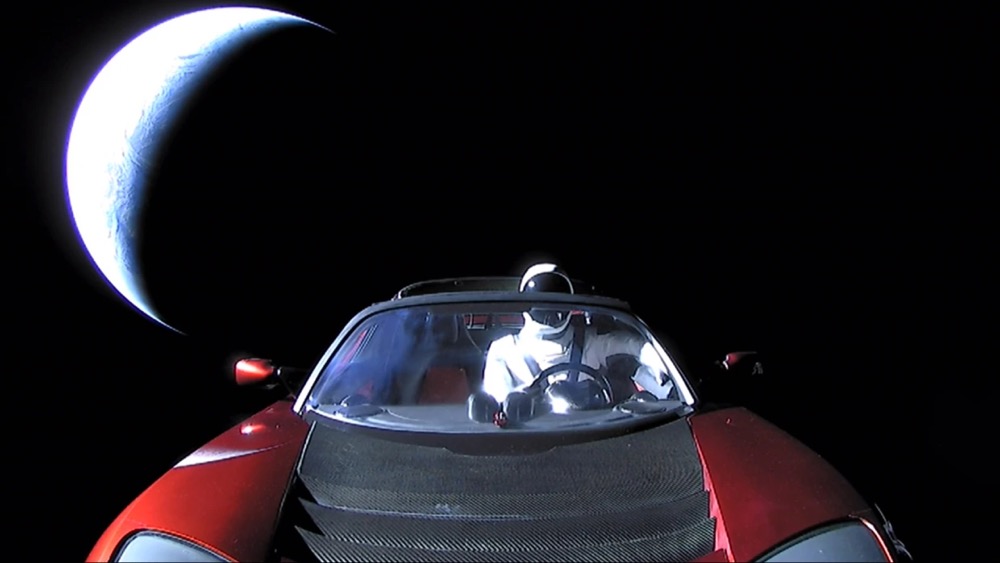

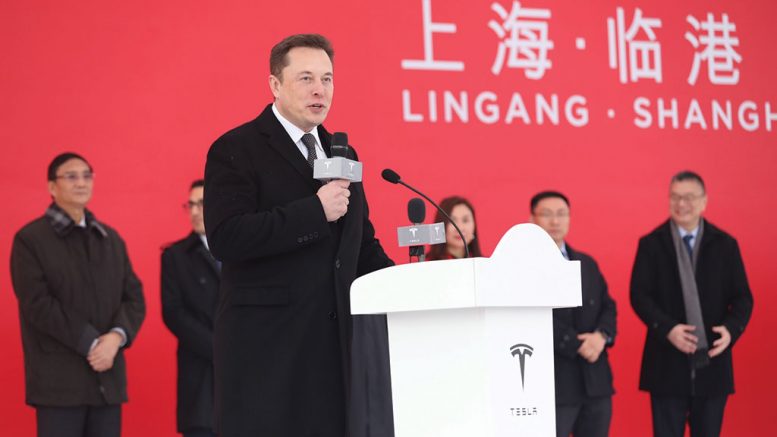

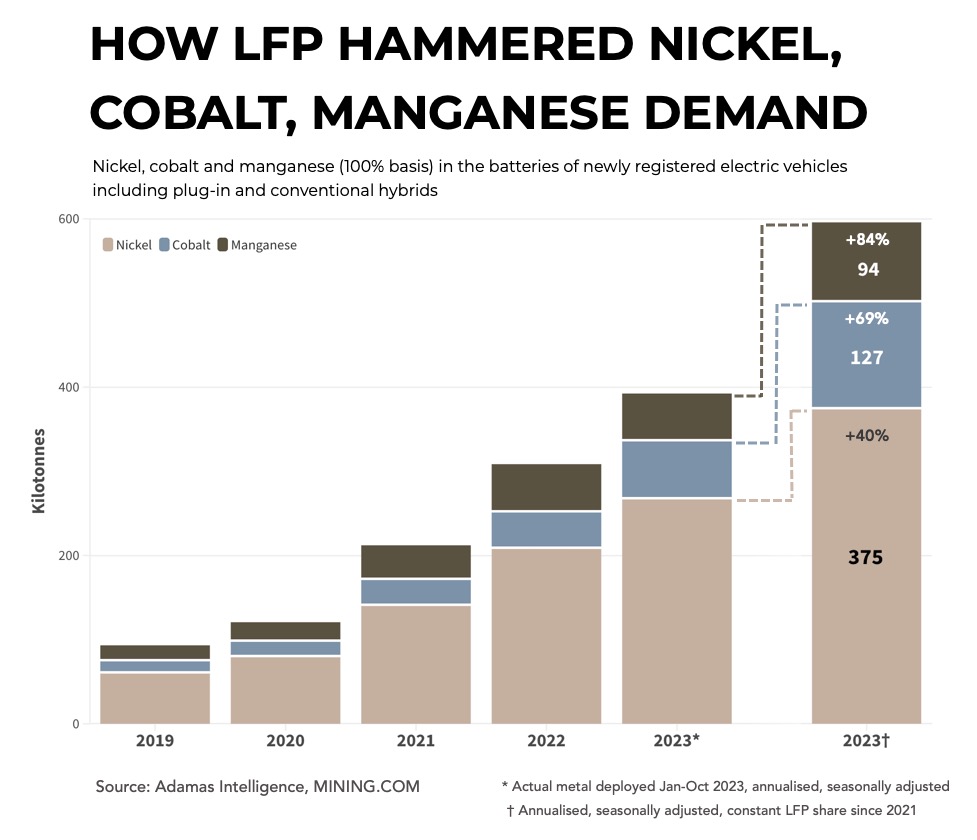
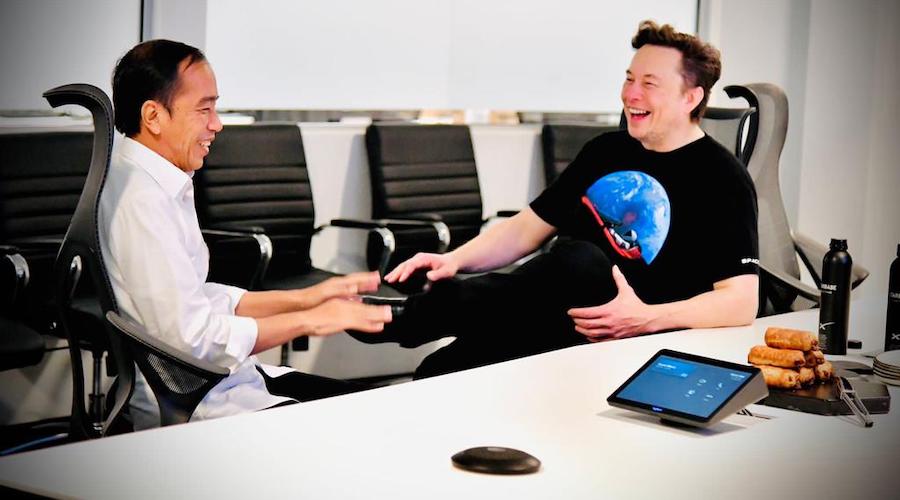
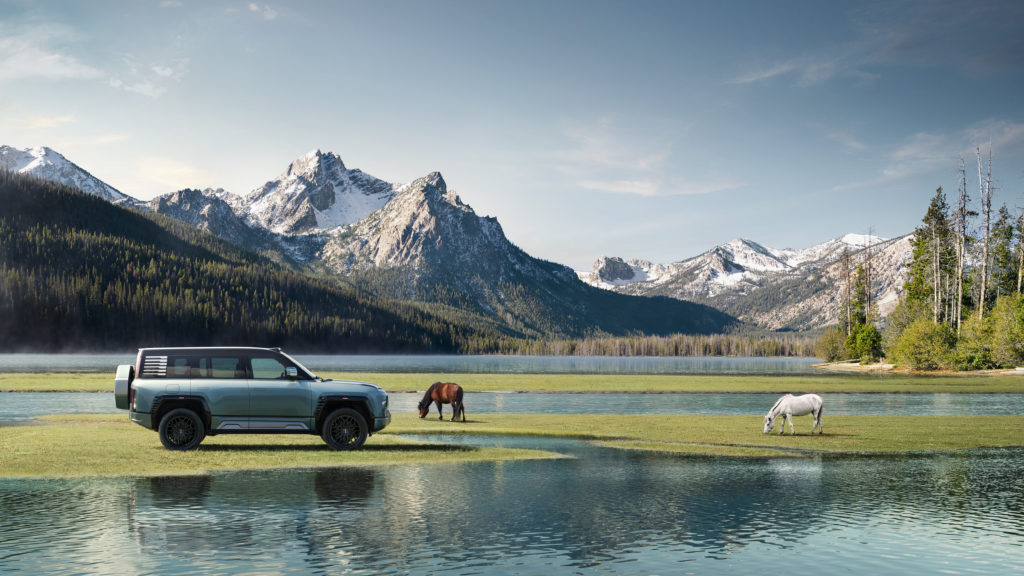
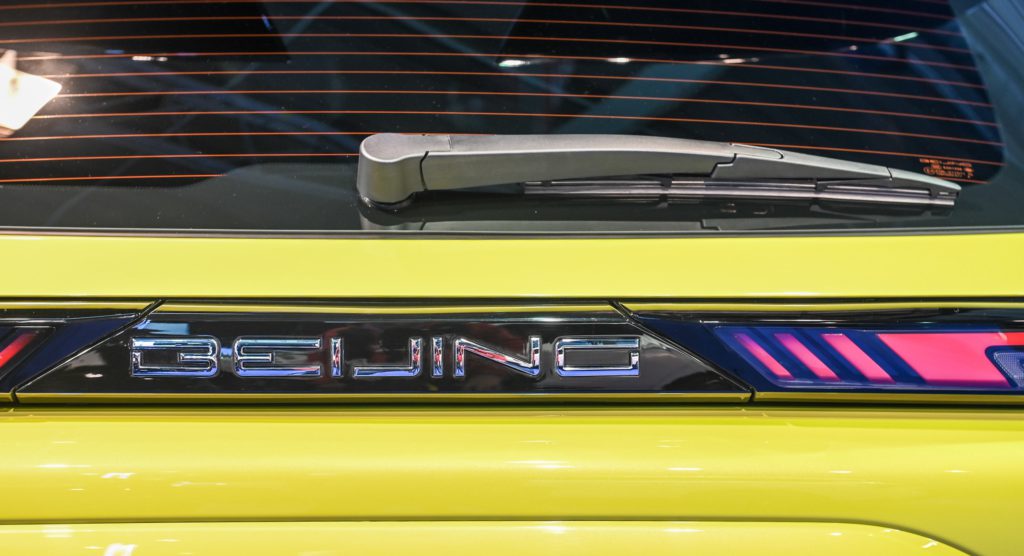 Now made in FEOC. Stock image.
Now made in FEOC. Stock image.
